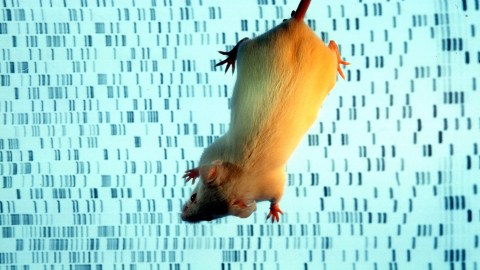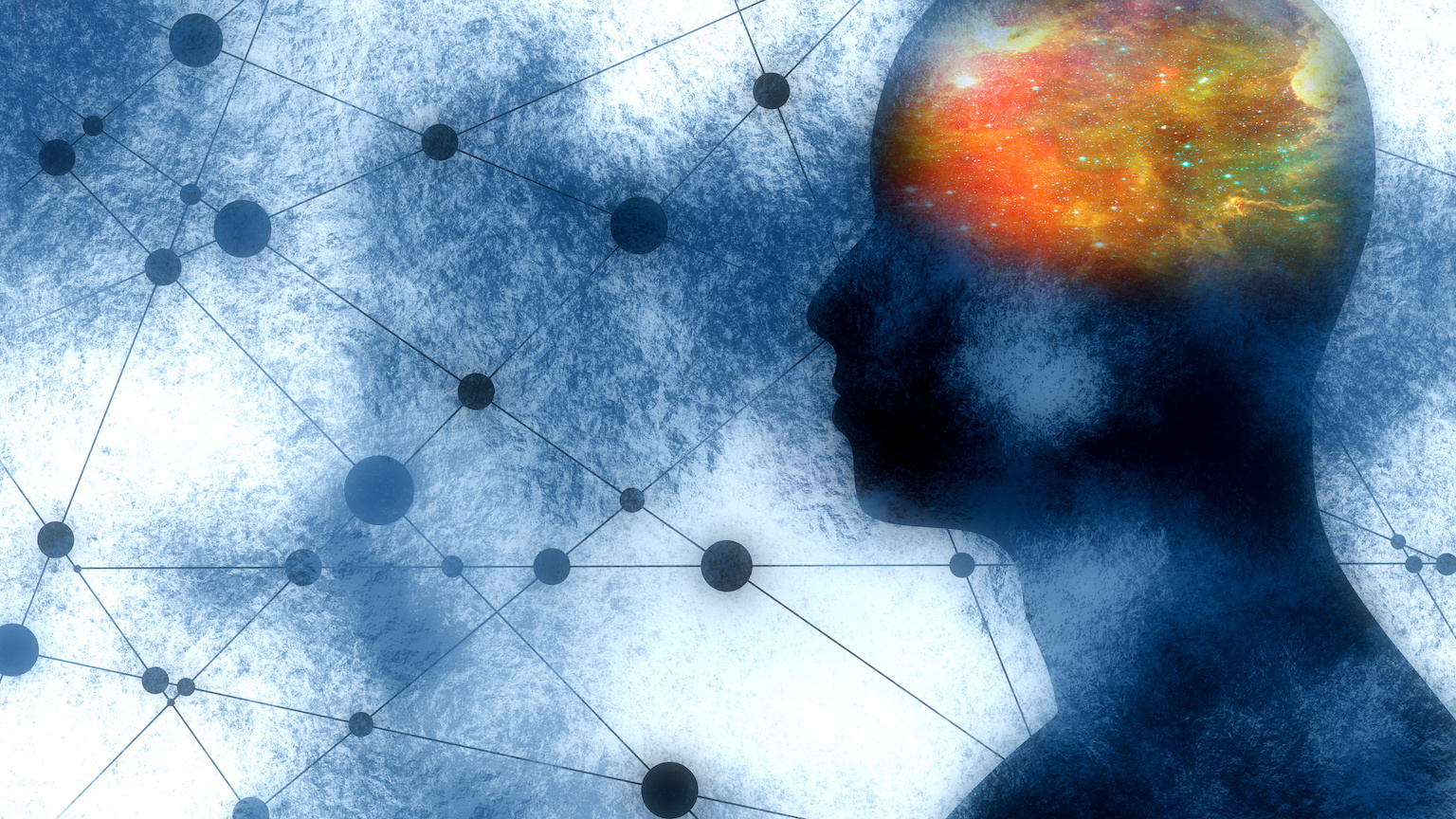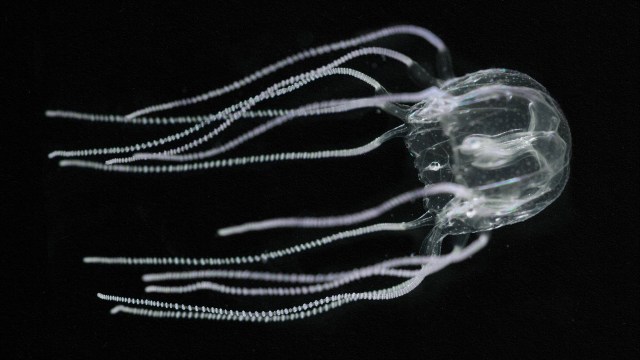Genome editing reverses autistic behaviors in mice

- Researchers genetically engineered a line of mice with a mutated MEF2C gene. This results in severe autism in humans. These mice exhibited noticeably autistic behaviors compared to unaltered mice.
- The team then used a type of genome editing called base editing to correct the mutation. Lo and behold, the mice started behaving just like their peers.
- The success represents a solid proof of concept in the long journey toward an effective autism treatment, but it will likely be some time before it might be replicated in humans.
A team of Chinese scientists has used gene therapy to correct a mutation that caused mice to exhibit autistic behaviors like hyperactivity, repetitive self-grooming, and abnormal social interactions. Once the mutation was fixed, the animals’ behavior returned to normal.
The experiment, described November 27 in a paper published in the journal Nature Neuroscience, is the first successful attempt to use genome editing to reverse autistic behaviors in an animal model of autism spectrum disorder (ASD). ASD refers to a variety of conditions characterized by challenges with social skills, repetitive behaviors, and poor communication. These behavioral difficulties can range from barely noticeable to profoundly debilitating. ASD affects about one in 36 children in the U.S.
Autism is thought to be caused by a mix of environmental and genetic factors. But while scientists have struggled to convincingly implicate specific environmental influences, they have pinpointed a number of genes that, when mutated, greatly increase the risk of autism. One of these genes is called MEF2C. It’s directly involved in skeletal muscle growth and blood vessel formation, potentially playing a role in structuring the brain’s cerebral cortex. A mutation to MEF2C results in severe ASD in humans. These individuals are often unable to speak, may grind their teeth incessantly, and may also suffer from epilepsy.
ASD and base editing
In their experiment, the researchers genetically engineered a line of mice with a mutated MEF2C gene. These mice exhibited noticeably autistic behaviors compared to unaltered mice. They then used a type of genome editing called base editing to correct the mutation. Lo and behold, the mice started behaving just like their peers.
For years, genome editing has been synonymous with CRISPR-Cas9. Base editing is a more recent advance, dating to 2016. While CRISPR-Cas9 is essentially a chainsaw, hacking off a portion of the DNA strand, base editing is more like a scalpel, targeting single nucleotides (A, T, C, G) on the strand. CRISPR can make wholesale changes, but can sometimes misfire and cleave unintended portions of DNA. Although base editing is far more accurate, it can only make smaller changes to the genome.
In the current experiment, a tiny alteration was all that was needed. Base editing corrected the animals’ autistic behaviors with no apparent ill effects. Another key accomplishment in the study was getting the editor across the blood-brain barrier, a notorious hurdle when it comes to treating neurological disorders. The scientists shepherded their prized payload across the barrier by hitching it to an adeno-associated virus. These basic, diminutive viruses are often ignored by the immune system and can integrate into a host’s genome without inflicting harm.
“Together, these results establish a framework for using genome editing… in the brain to correct genetic mutations and provide potential therapeutic approaches for individuals with genetic neurodevelopmental disorders,” the researchers wrote.
Proof of concept
Other neurological disorders that could also be targeted by base editing include Rett syndrome, Fragile X syndrome, Angelman syndrome, and Pitt-Hopkins syndrome.
“Overall, I think it is a fascinating observation!” Dr. Alysson Muotri, a professor in pediatrics and cellular and molecular medicine at the University of California-San Diego, told Big Think. Some of Muotri’s research focuses on the cellular mechanisms underlying autism.
The success represents a solid “proof-of-principle” in the long and winding journey toward an ASD treatment, he added, cautioning that it will be some time before it might be replicated in humans.
“We are still quite far from these experiments, both from a safety issue (these enzymes could have potential harmful off-targets) and from a practical delivery (the human brain is much bigger than a mouse),” he wrote via email. “But that’s how science works, generating data from relevant model systems and moving towards the application in humans.”
Another key caveat of the current experiment is that base editing will only work for small, tidy mutations to single genes. It’s rare to find instances in humans where just one mutation can be conclusively blamed for an individual’s disorder. This means that base editing could not be used as a blanket cure for every form of autism.
Nor should it. Most autistic individuals are just as — if not more — mentally capable than anyone else. As Muotri stated in a 2022 talk, any future gene therapies will likely only be used for the individuals most profoundly affected by the disorder.





